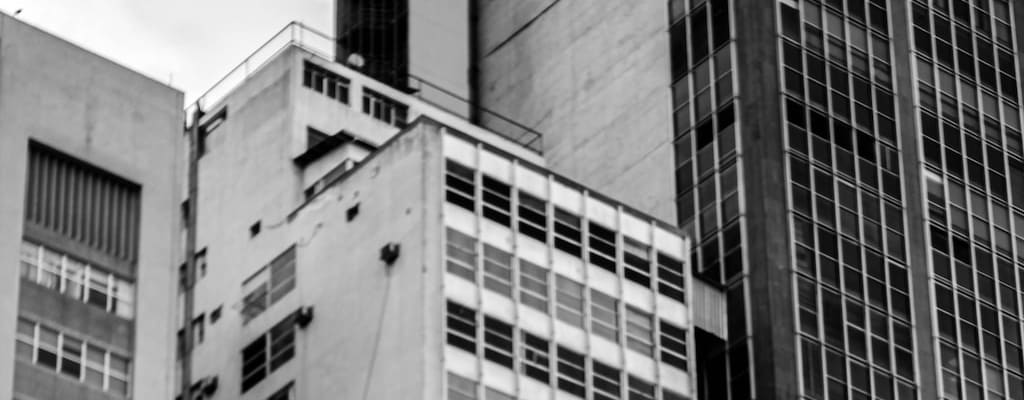rogues’ gallery: Idiom Meaning and Origin
What does ‘rogues' gallery’ mean?
The idiom rogues' gallery refers to a collection or display of portraits or photographs of criminals or suspects. It is often used to describe a group of individuals who are considered disreputable or untrustworthy.

Idiom Explorer
The idiom "Three Stooges" refers to a group of three people who are considered silly, clumsy, or incompetent, often engaging in slapstick comedy. It implies a lack of intelligence or common sense in their actions or behavior.
The idiom "pretty pictures" refers to visually appealing and attractive images or photographs. It is often used to describe something that looks nice or pleasing to the eye but lacks substance or depth.
The idiom "play to the gallery" means to behave or perform in a way that is intended to gain the favor, support, or applause of the audience or the general public, often without regard for substance or sincerity.
The idiom "peanut gallery" refers to a group of people, often spectators or critics, who offer loud and uninformed commentary or opinions. The term originated from vaudeville theaters where cheap seats were known as the "peanut gallery."
The idiom "parade of horribles" refers to a series of unpleasant or alarming events, situations, or possibilities that are described or predicted one after another. It emphasizes the negative aspects and potential consequences of a particular situation or decision.
An idiom used to refer to a particular person's character, occupation, or role, highlighting its uniqueness and individuality.
The idiom "on the ropes" means being in a difficult or vulnerable position, usually in a competition or struggle.
The idiom "on the loose" means to be free or not captured, often used to describe a person, animal, or thing that is roaming or causing trouble.
Decoding Rogues
The idiom "rogues' gallery" has its origins in the criminal justice system. In the past, law enforcement agencies would maintain a collection of photographs or portraits of known criminals, which was referred to as the "rogues' gallery." This collection served as a visual aid to assist in the identification of suspects.
The term "rogue" has been around since the late 16th century and originally referred to a dishonest or unprincipled person. Over time, it became associated with criminals or individuals engaged in unlawful activities. The word "gallery" in this context refers to a room or space where a collection of objects, such as criminal portraits or photographs, is displayed.
The idiom "rogues' gallery" is used figuratively to describe a collection or group of disreputable or unsavory individuals. It is often used to refer to a group of people with a history of criminal behavior or deceitful actions. This expression carries a negative connotation and implies that the individuals in question are of questionable character or reputation.
Similarly, the idiom "go rogue" is used to describe someone who behaves in a rebellious or unorthodox manner, often deviating from established rules or norms. This can be seen as a more individualistic version of the "rogues' gallery," with a single person standing out from the crowd and defying expectations.
On the other hand, the idiom "play to the gallery" refers to someone who seeks attention or approval from an audience by any means necessary. This term originated in the theater, where actors would sometimes purposely overact or use gimmicks to appeal to the lowest common denominator in order to gain applause or laughter from the audience. It can be seen as the opposite of the "rogues' gallery," as it involves seeking approval rather than disapproval.
Similarly, the idiom "peanut gallery" is used to describe a group of hecklers or critics who make disparaging or sarcastic comments from the sidelines. The term originated from the practice of selling peanuts in theaters, where the cheapest seats were located in the upper balconies. The occupants of these seats were known for their rowdy behavior and tendency to heckle performers. This idiom can be seen as the audience response to both the "rogues' gallery" and the individuals "playing to the gallery."
In legal contexts, the idiom "parade of horribles" refers to a lawyer's argument or presentation that lists a series of extreme, undesirable, or hypothetical outcomes that could result from a particular decision or action. This technique is used to create fear or to highlight the potential negative consequences of a course of action. In a way, the "parade of horribles" can be seen as an exaggerated version of the negative connotation associated with the "rogues' gallery."
Lastly, the idiom "Three Stooges" refers to a group of three people who are perceived as foolish, incompetent, or prone to making mistakes. This phrase originated from the comedy act "The Three Stooges," which featured a trio of slapstick comedians known for their physical humor and frequent mishaps. While the "rogues' gallery" is associated with criminal behavior, the "Three Stooges" idiom represents a different kind of negative reputation, one that is based on incompetence rather than intentional wrongdoing.
The idiom "rogues' gallery" originated from the practice of maintaining a collection of criminal portraits or photographs in the criminal justice system. It is used figuratively to describe a group of disreputable individuals and carries a negative connotation. Additionally, related idioms such as "go rogue," "play to the gallery," "peanut gallery," "parade of horribles," and "Three Stooges" provide further depth and nuance to the concept of individuals or groups with questionable character or reputation.
Example usage
Examples of how the idiom "rogues' gallery" can be used in a sentence:
- "The police station has a rogues' gallery with photos of known criminals."
- "He studied the rogues' gallery for potential suspects in the robbery."
- "The detective's office was filled with images of suspects, resembling a rogues' gallery."
The idiom "rogues' gallery" is often used metaphorically to describe a collection of pictures or people who are known or suspected of being involved in criminal activities. It can refer to an actual physical display of photographs, like in a police station, or it can represent a figurative assembly of individuals with questionable reputations or dishonest behavior. The term suggests a group of unsavory characters or a compilation of individuals with a known or suspected criminal background.
More "Crime" idioms



